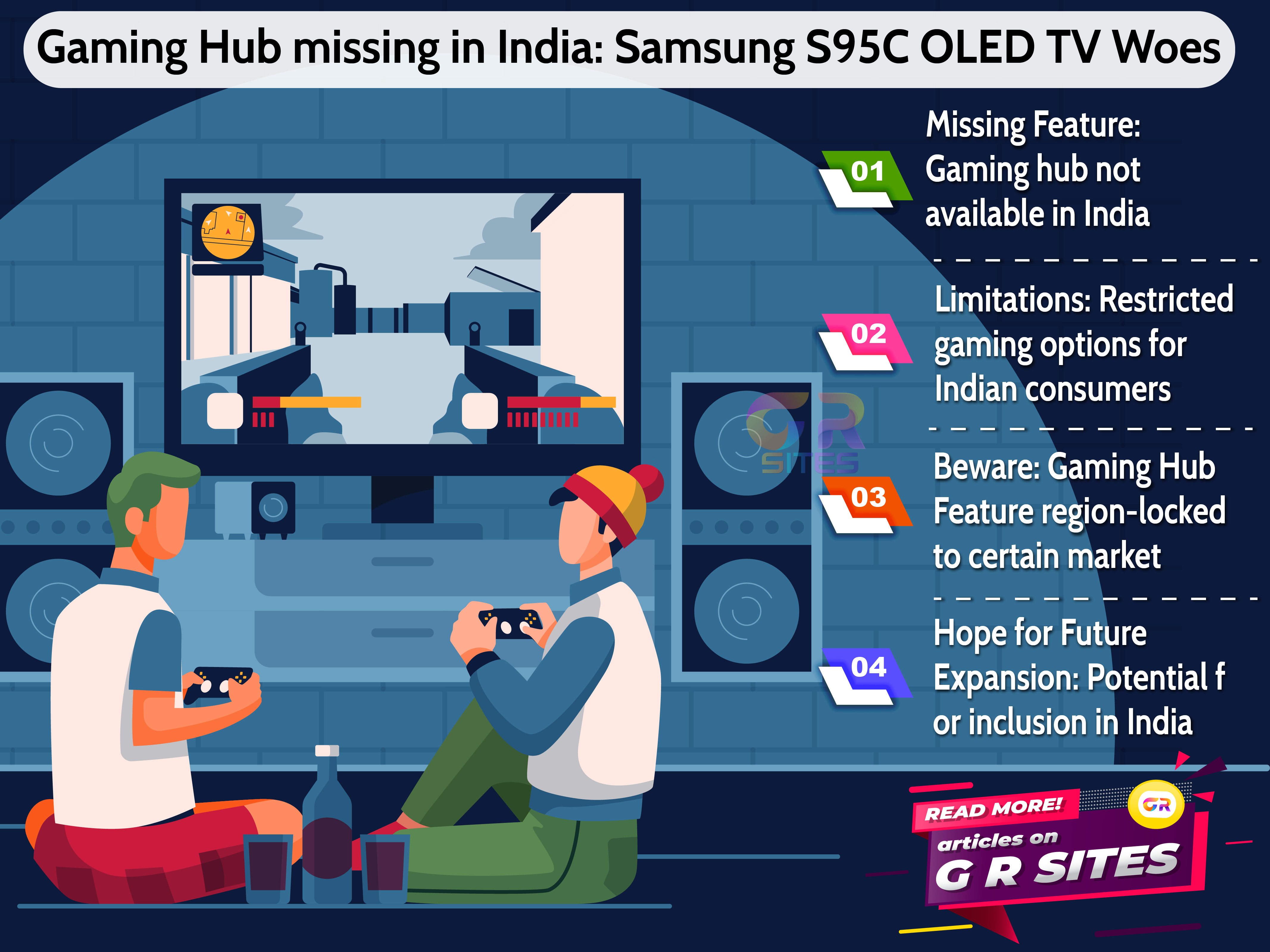When it comes to graphic design, Adobe Illustrator reigns supreme. For decades, it’s been the go-to software for creating stunning illustrations, logos, and posters. But as the creative landscape evolves, many professionals and hobbyists wonder: where’s Apple in this space?
With its design-first ethos and recent acquisition of Pixelmator, Apple is perfectly poised to challenge Adobe. Imagine an Apple-designed tool that matches or even surpasses Illustrator in innovation, simplicity, and performance. Not only would it empower designers, but it could also shake up the creative software market in ways we’ve never seen before.
Let’s explore why this move could be a game-changer.
The Gap in Apple’s Creative Suite
Apple is known for crafting products that inspire creativity, from iPads to Final Cut Pro. Yet, it’s notably absent from the graphic design software arena—a space dominated by Adobe.
- Missed Market Opportunities: The design community is vast and growing, encompassing everyone from freelance illustrators to branding agencies. Apple is missing out on a lucrative segment by not offering a robust graphic design tool.
- Demand for Integrated Ecosystems: Designers often juggle multiple devices—MacBooks, iPads, and iPhones. An Apple-created design app would integrate seamlessly across these platforms, offering unmatched convenience.
- Growing Frustration with Subscriptions: Adobe’s subscription model is expensive and sometimes limiting for users who prefer one-time purchases. Apple could cater to this audience with a more flexible pricing strategy.
- Untapped Potential Post-Pixelmator Acquisition: Apple’s acquisition of Pixelmator, a lightweight yet powerful design tool, signals its interest in the creative software space. Expanding on this foundation could rival Illustrator’s dominance.
Competing with Adobe Illustrator isn’t just about copying its features. Apple has the potential to innovate and redefine what’s possible in graphic design.
- Simplified User Experience: Apple excels in creating intuitive, user-friendly interfaces. A design tool developed by Apple would eliminate Illustrator’s learning curve, making it accessible for beginners while still powerful for professionals.
- Optimized Performance on Apple Devices: By building a design tool specifically for macOS and iOS, Apple could deliver lightning-fast performance, leveraging its M-series chips for tasks like rendering and vector editing.
- Exclusive Ecosystem Features: Imagine using your Apple Pencil on an iPad to design vector illustrations that sync instantly with your MacBook. Or starting a project on your iPhone and finishing it on your iMac. This ecosystem synergy could be a game-changer.
- Competitive Pricing: Adobe’s subscription model alienates many users. Apple could disrupt the market by offering a one-time purchase option or a more affordable subscription tied to Apple One services.
To dethrone Adobe Illustrator, Apple would need to deliver a feature set that appeals to both casual users and seasoned professionals.
- Vector Precision and Scalability: Designers rely on Illustrator for its impeccable vector graphics capabilities. Apple’s tool must ensure similar precision while offering real-time previews and faster rendering speeds.
- AI-Powered Design Tools: Integrating AI could make tasks like creating color palettes, resizing assets, or even generating design suggestions quicker and easier, saving designers countless hours.
- Cloud Syncing and Collaboration: Apple’s iCloud could allow teams to work on projects collaboratively, with changes updating in real-time across devices—a feature Adobe struggles to perfect.
- Native Support for Industry Standards: Compatibility with formats like .AI, .SVG, and .PDF is essential to ensure seamless file sharing and collaboration with Adobe users.
Comparison Table: Adobe Illustrator vs. Potential Apple Tool
|
Feature |
Adobe Illustrator |
Potential Apple Tool |
|
Ease of Use |
Steep Learning Curve |
Intuitive, Apple-Style Design |
|
Platform Optimization |
Multi-platform |
Optimized for macOS/iOS |
|
Pricing |
Subscription-Only Model |
Flexible Pricing Options |
|
Ecosystem Integration |
Limited |
Seamless with Apple Devices |
Why Now Is the Right Time for Apple
The creative software market is ripe for disruption. Here’s why Apple should act now:
- Increased Demand for Creative Tools: From social media managers to freelance artists, more people than ever are exploring graphic design. An accessible Apple product could meet this demand.
- Competitive Landscape: While Adobe leads, emerging competitors like Canva and Figma have shown that innovation and simplicity can carve out significant market share.
- Apple’s Hardware Advantage: With M-series chips, Apple devices are already preferred by many creatives. A design tool tailored to these devices would enhance their appeal.
- Strategic Expansion: Entering the graphic design space aligns with Apple’s broader strategy of offering an all-encompassing creative suite.
My final thoughts: The Future of Creative Design
An Apple graphic design tool isn’t just a possibility—it’s a necessity. By leveraging its expertise in hardware, software, and ecosystem integration, Apple could redefine how we approach graphic design.
For designers frustrated with Adobe’s pricing or intimidated by its complexity, an Apple alternative could be a breath of fresh air. With the right blend of features, pricing, and usability, it could become the new standard for creating stunning illustrations and designs.







